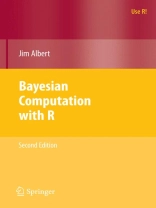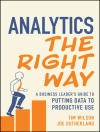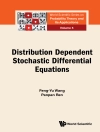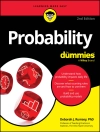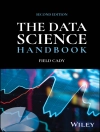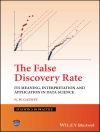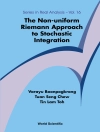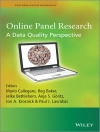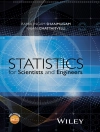There has been dramatic growth in the development and application of Bayesian inference in statistics. Berger (2000) documents the increase in Bayesian activity by the number of published research articles, the number of books, andtheextensivenumberofapplicationsof Bayesianarticlesinapplied disciplines such as science and engineering. One reason for the dramatic growth in Bayesian modeling is the availab- ity of computational algorithms to compute the range of integrals that are necessary in a Bayesian posterior analysis. Due to the speed of modern c- puters, it is now possible to use the Bayesian paradigm to ?t very complex models that cannot be ?t by alternative frequentist methods. To ?t Bayesian models, one needs a statistical computing environment. This environment should be such that one can: write short scripts to de?ne a Bayesian model use or write functions to summarize a posterior distribution use functions to simulate from the posterior distribution construct graphs to illustrate the posterior inference An environment that meets these requirements is the R system. R provides a wide range of functions for data manipulation, calculation, and graphical d- plays. Moreover, it includes a well-developed, simple programming language that users can extend by adding new functions. Many such extensions of the language in the form of packages are easily downloadable from the Comp- hensive R Archive Network (CRAN).
表中的内容
An Introduction to R.- to Bayesian Thinking.- Single-Parameter Models.- Multiparameter Models.- to Bayesian Computation.- Markov Chain Monte Carlo Methods.- Hierarchical Modeling.- Model Comparison.- Regression Models.- Gibbs Sampling.- Using R to Interface with Win BUGS.
